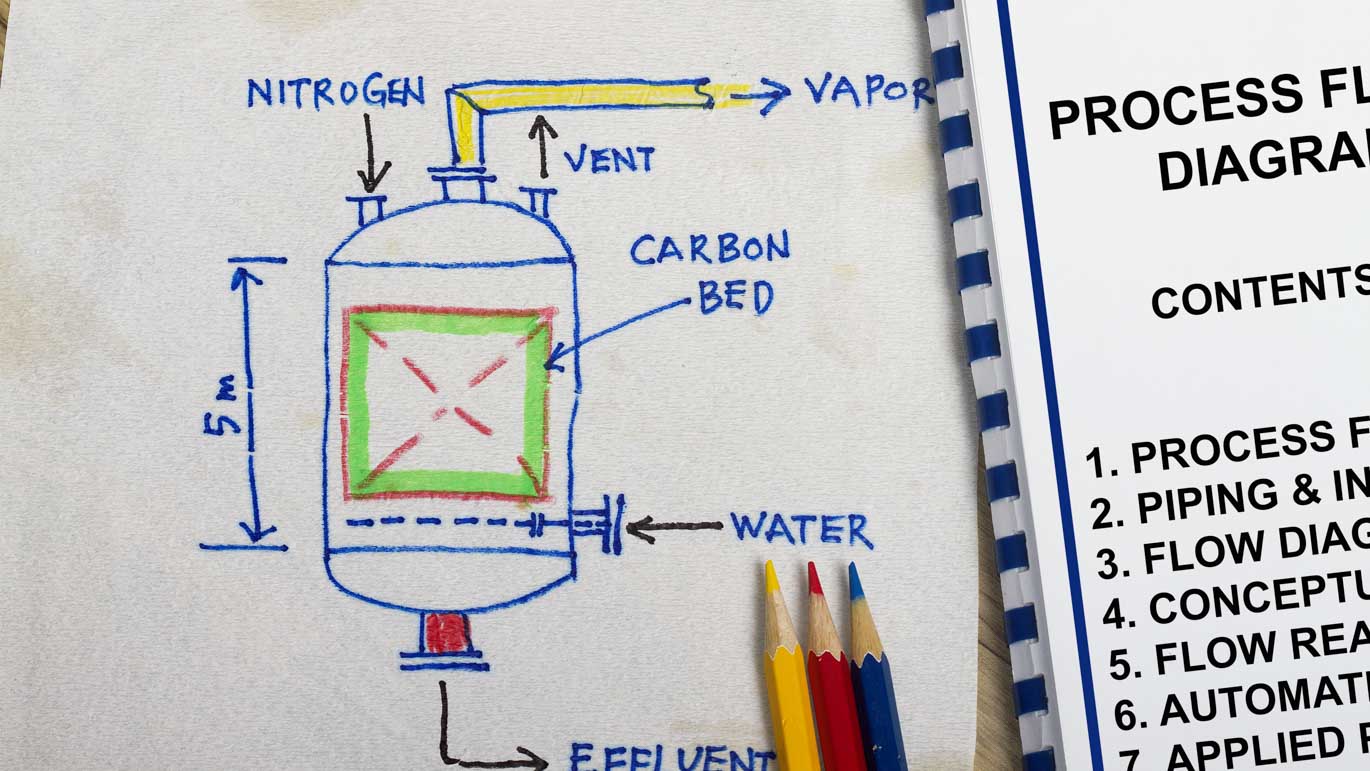Why Advanced Work Packaging is the solution to improving alignment between engineering and procurement
Efficient construction performance is the ultimate goal of every capital construction project team. Ultimately, it is construction quality, speed, and cost-control that matter. As leaders in capital project management, we keep our sights trained on this critical issue. Like you, we’re always asking: How do we get better?
The first step is to adopt the Advanced Work Packaging (AWP) philosophy. Early evidence suggests that AWP boosts field productivity by as much as 25 percent, and drives down installed costs by as much as 10 percent. AWP is now widely considered an industry best practice.
The next step is to define your AWP strategy by intelligently aligning engineering and procurement work packages to support construction. Here’s a three-part plan to get started.
1 | Adopt a construction-driven mindset
Start by thinking of engineering and procurement as inputs into your construction work packages; consider them a data source for the field. This subtle paradigm shift will change the way you design your live project execution plan and how you build out your work packages.
If you start from a construction-driven mindset, you’ll design your engineering and procurement work packages with release plans that are explicitly designed to support your construction work packages and construction installation sequence. This formalized, documented alignment between engineering and procurement demands thoughtful, intelligent work package design. It is also completely transparent and can be accessed and understood by the entire project team — and by the organization as a whole.
2 | Improve alignment by defining construction sequence and work packages as early as possible
Once you’ve adopted a construction-driven mindset, make a commitment to defining your construction sequences and work packages as early as possible. Achieving the highest levels of engineering and procurement alignment requires that you start the process on day one — and preferably sooner. Practically speaking, this means engineering and procurement departments need to be sharing data in ways that can be simultaneously leveraged by both groups.
Why? Veteran project managers know that the procurement process can start as early as a few weeks after project kickoff. Procurement teams need engineering support to understand the specifications for long-lead equipment, which is sometimes ordered before the Final Investment Decision (FID) has been made. Organizations need to hit the ground running when it comes to Engineering & Procurement alignment. Fail at this critical task, and you risk early mistakes that can have negative consequences for the entire duration of the project. Starting with a strong alignment can make all the difference.
Experts agree. “The disciplines have to be able to ‘connect’ to each others’ data without having to rely so heavily on data manipulation from one system tool to another for import/export purposes,” procurement expert Scott L. Bullentini told Velocity®.
“In too many instances, the solution to gaps in integration is ‘people power,’ as in, add another expeditor. But by this time it is too late because the leading indicators and the forecasting of issues have passed by that moment in the schedule when there was still time to resolve the potential delay.”
He said the services disciplines can potentially be spending 80 percent of their billable hours manipulating engineering data to blend into their respective systems, and only 20 percent of their time producing the tangible deliverables. He wonders: “Wouldn’t the reverse 80/20 ratio serve the project effort better?”
3 | Focus on aligning and engaging with vendors and suppliers
Start thinking of your vendors as supply chain stakeholders and engineering entities. Again, this is a subtle shift in thinking that will have a marked impact on your approach to these critical relationships.
First, work on alignment. In complex construction projects, many vendors and suppliers will require engineering input or deliverables in order to do the work they’re contracted to do. They need accurate data in order to do their jobs well, so make sure your team understands what data they need, and how they need it.
“We all recognize that data drives the engineering and construction machine,” Bullentini says. “The integration of engineering data at all interface points is critical. … The ability to seamlessly integrate engineering and procurement (and the entire services group) is critical.
“This is where the shift toward professional integration systems and teams is so valuable,” he said. “The use of tangible means to data bridge without forcing IT systems and tools modification is extraordinary and unique. The opportunities for improving project outcomes are immense when we start to think in these terms and take action by sourcing the job of integration and alignment.”
Next, tackle engagement. The key to getting vendors engaged is by involving them in the development of work packages, not just the execution. Ensure the supplier understands how the equipment will be used, why it is on the project’s critical path, and make them conscious of the risks you’ll face if the equipment doesn’t arrive on time.
Finally, make project managers responsible for key relationships. Suppliers and vendors who are responsible for equipment that is on the critical path should be overseen by the project management team, in addition to the procurement department. Continue to allocate resources to ensure the oversight and monitoring of the procurement process, but the project management team should ultimately be responsible for these critical path pieces.
Ready to improve alignment between Engineering & Procurement?
Concord® Project Technologies developed T-CON™ to help companies improve project performance. Our purpose-built, cloud-based capital project platform can support your efforts to integrate and align engineering and procurement by helping you share data in a highly efficient, intuitive way. Contact the Concord® Team today.





